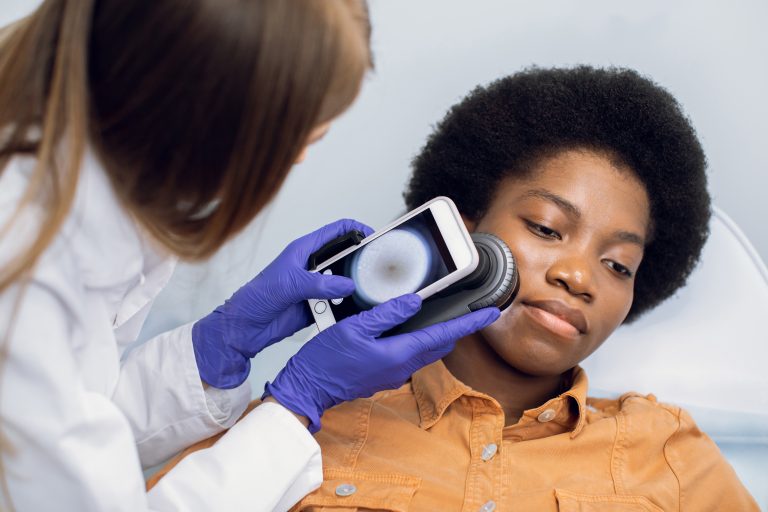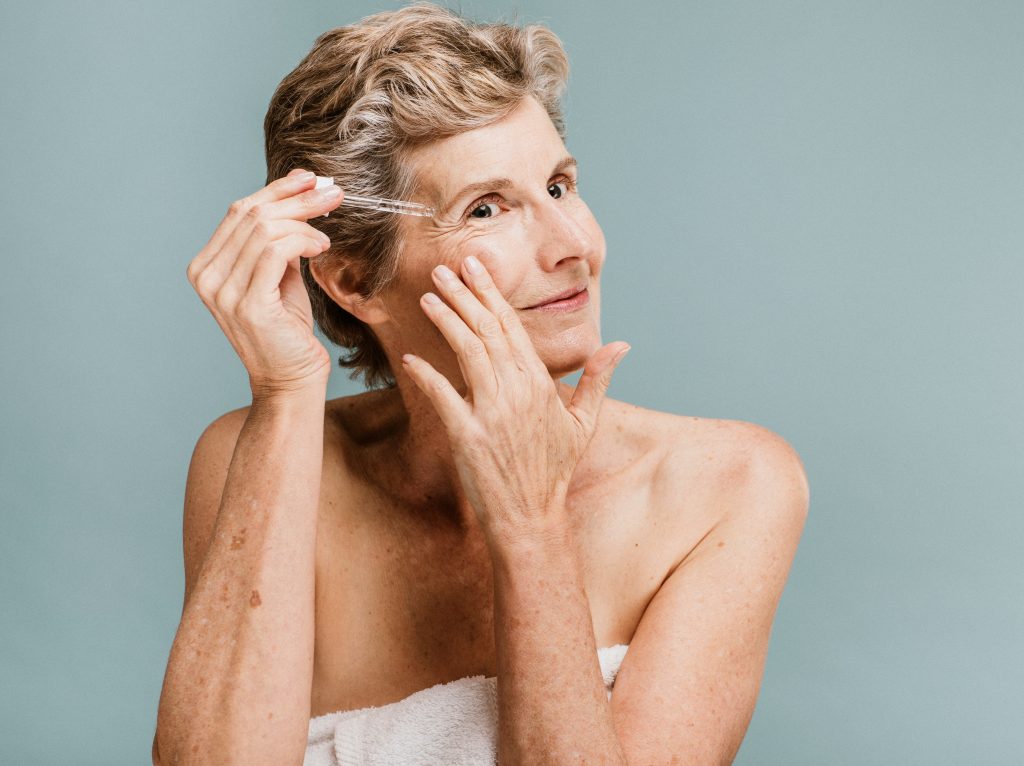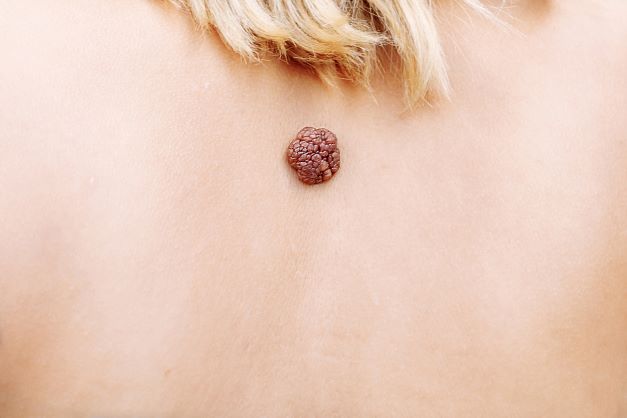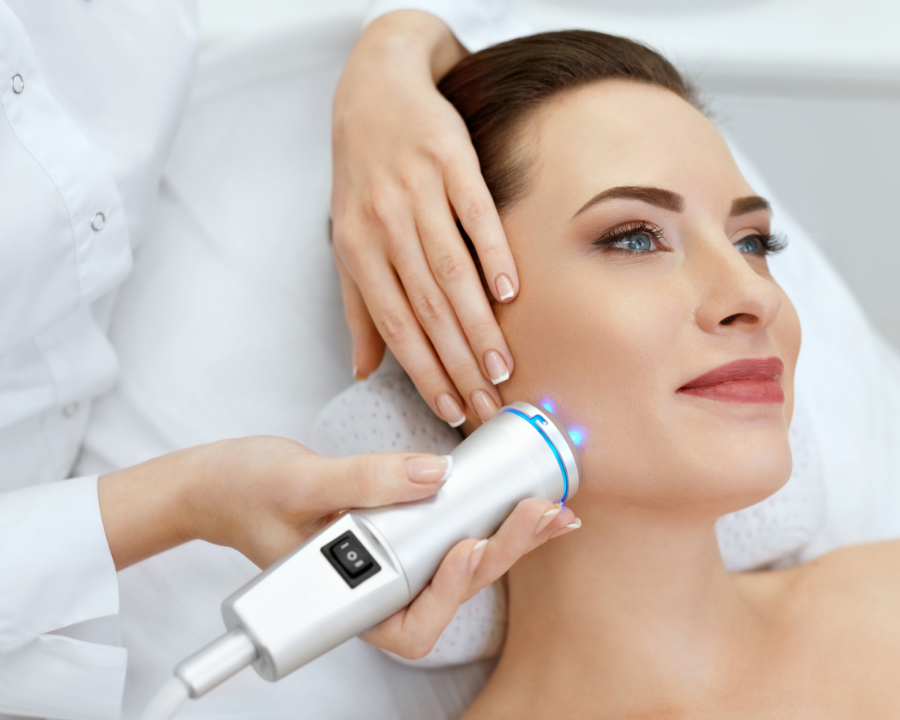Warts
Warts are noncancerous (benign) rough skin colored bumps that form on the skin. They affect men, women and children of all ages, they most commonly affect the hands and fingers.
What Causes Warts?
Warts are caused by different strains of the human papillomavirus and are transmitted by touch and can spread from one location on the body to another. Different strains of the human papillomavirus may cause warts in different parts of the body. It can take up to two to six months for a wart to develop after your skin has been exposed to the virus. Common warts are usually harmless and eventually disappear on their own, however many people choose to remove them because they find them bothersome or embarrassing.
What Types of Warts Are There?
The appearance of a wart depends on the location. There are five major types of warts, each type appears on a different part of the body and has a distinct appearance. The most common types of warts are:
- Common warts usually appear on the backs of your fingers and toes and occasionally on the knees, but they can also appear elsewhere. They can have a rough, thick, grainy appearance and a rounded top. They may also appear cauliflower- like. Common warts are usually grayer than the skin surrounding it. Common warts are usually not serious or painful and go away on their own.
- Plantar warts appear on the soles of your feet. Unlike other warts, plantar warts grow in your skin and not out of it. These types of warts appear to be a small hole in the bottom of your foot and are surrounded by hardened skin and can make walking uncomfortable. There are two types of plantar warts:
- Myrmecial- type plantar warts are caused by HPV type 1 that grow inward due to standing or walking.
- Mosaic- type plantar warts are caused by HPV type 2 and are small surface- level warts that appear in clusters and are less painful.
- Flat warts also known as juvenile warts, usually grow on the face, thighs and arms. They are caused by HPV types 3, 10 and 28. Flat warts have a flat top are small and not immediately noticeable.
- Filiform warts appear around your mouth, nose and sometimes on your neck or under your chin and can spread to other parts of the body. These types of warts are small and shaped like a tiny flap or tag of skin and can project off your skin in thin, finger- like strands.
- Periungual warts grow under and around the toenails and fingernails and can be painful and affect nail growth. They start small and can grow larger and occasionally spread to other areas of the body through direct contact and maybe rough and have a cauliflower- like appearance.
Prevention
There are ways to prevent warts or keep them from spreading to other parts of the body. Wash your hands regularly, especially if you have been in contact with someone who has warts, keep your hands and feet dry. If you have warts don’t pick at them as this can spread the virus and cover them with a bandage. Don’t use the same emery board, pumice stone or nail clipper on your warts that you use on healthy skin and nails. And don’t bite your fingernails, warts occur more often in skin that has been broken and nail biting opens the door to the virus.
How to Treat Warts
There are numerous types of treatments to get rid of warts from at- home to seeing a doctor. Most warts go away on their own but they can be embarrassing and uncomfortable so you can treat them at home and most of the time warts respond well to drugstore treatments.
- Freezing treatment spray concentrated cold air that is a mixture of dimethyl ether and propane
- Patches containing salicylic acid must be used every day and at times weeks. These work best if you soak the wart in water for about 15 minutes before you apply the treatment.
In the rare case that a wart is stubborn and doesn’t respond to at home treatments your doctor can help with freezing your wart with liquid nitrogen and if the wart is super stubborn and does not respond to any treatments surgery would then be considered. Your doctor will cut away your wart or burn it with electricity, but this can also cause scarring.
When to See a Doctor
If you have changes in color, the wart becomes painful or you suspect the wart may not be a wart or you are diabetic it’s best to make an appointment with your dermatologist. If you notice bleeding or signs of an infection, such as pus or scabbing around the wart or if it is painful make an appointment with your dermatologist.





